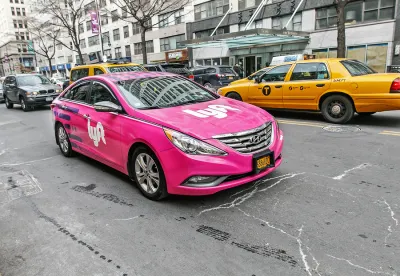The National Transportation Safety Board (NTSB) recently issued its preliminary report concerning the March 18, 2018 incident in Tempe, Arizona in which a pedestrian was struck and killed by a Volvo XC90 sport utility vehicle equipped with self-driving capabilities. The vehicle was part of Uber’s autonomous vehicle pilot program. The program was suspended by Arizona’s governor following the incident.
According to the NTSB, although the vehicle’s systems identified the pedestrian, the vehicle’s emergency braking system had been disabled to prevent conflict with other self-driving systems. A driver in the vehicle was expected to apply the brakes when needed, but the vehicle’s driver was looking at the vehicle’s display screen and failed to do so in time.
The incident offers important insight into a nascent issue. Many anticipate that the liability trend for vehicle crashes will involve movement away from driver-assigned errors and towards system-assigned or design-assigned errors. While this ultimately may prove true, the NTSB’s preliminary report is a reminder that we are not there yet. Driver error persists. In concept, vehicle automation will curb such driver errors. But current partial-automation systems work only when drivers continue to pay attention to the road and do not rely on such systems without thought.
Vehicle automation is not going away. Accenture estimates that 23 million fully autonomous vehicles will be traveling American roads by 2035. In the meantime, the advanced-driver assistance systems (ADAS) market will continue to grow. Some predict the global ADAS market will reach 67.53 billion dollars by 2025. ADAS is also becoming increasingly democratized. ADAS can be found from entry-level vehicles to luxury models, and a growing number of ADAS technologies are mandated by law. For instance, the National Highway Traffic Safety Administration’s final rule requiring backup cameras in all vehicles under 10,000 pounds became effective in May 2018.
Vehicle automation will also have numerous societal benefits. According to a 2015 NHTSA report, 94% of vehicle crashes are assigned to driver error. And an earlier NHTSA reportstates that vehicle crashes are the leading cause of death for children of every age from 2 to 14 years old. Reducing the number of vehicle crashes, especially those caused by driver error, is a worthy goal. There are also 36 million people in the United States with disabilities, and vehicle automation is anticipated to enhance mobility for these populations. Autonomous vehicles should also make traffic operations more efficient; vehicle automation is hoped to improve road efficiency and mitigate the growing costs of congestion.
But even as vehicles progress towards full automation and even as the anticipated benefits of such technologies are realized, recent events remind that the long-standing threat of driver error remains present.
Litigation of vehicle crashes, even those caused by driver error, will increasingly involve a product liability component. The growing complexity of autonomous vehicles will mean that trials involving these vehicles will involve more technical issues, will be longer, and will consequently be more expensive. Questions will be raised as to whether driver-assistance technologies were designed and functioned properly. Expert witnesses will be necessary to explain these technologies to fact finders. Data recording features in autonomous and semi-autonomous vehicles may provide for more robust crash-reconstruction modeling. Video evidence too may offer unprejudiced evidence of what occurred in the moments prior to a crash. But such resources further increase the rising costs of litigating vehicle crashes.
At this phase in the development of autonomous vehicles, and underscored by the persistence of driver error, manufacturers and technology developers face significant litigation risk. While manufacturers and technology developers continue to traverse reputational concerns related to the adoption of autonomous vehicle technologies, such entities must also continue to be mindful that the adoption of such technologies will test the existing legal framework and will expose manufacturers and technology developers to increasingly complicated and technical litigation.
Katlin Cravatta contributed to this post.




 />i
/>i

